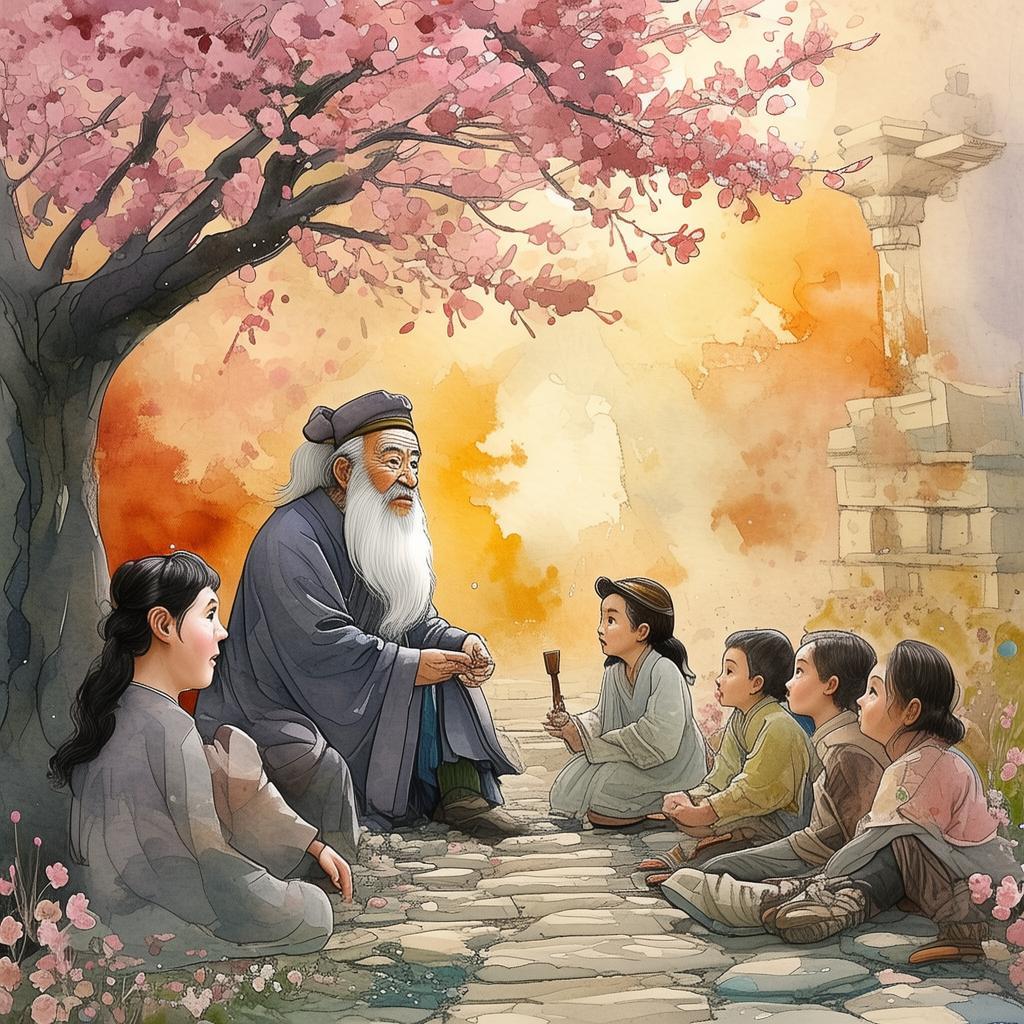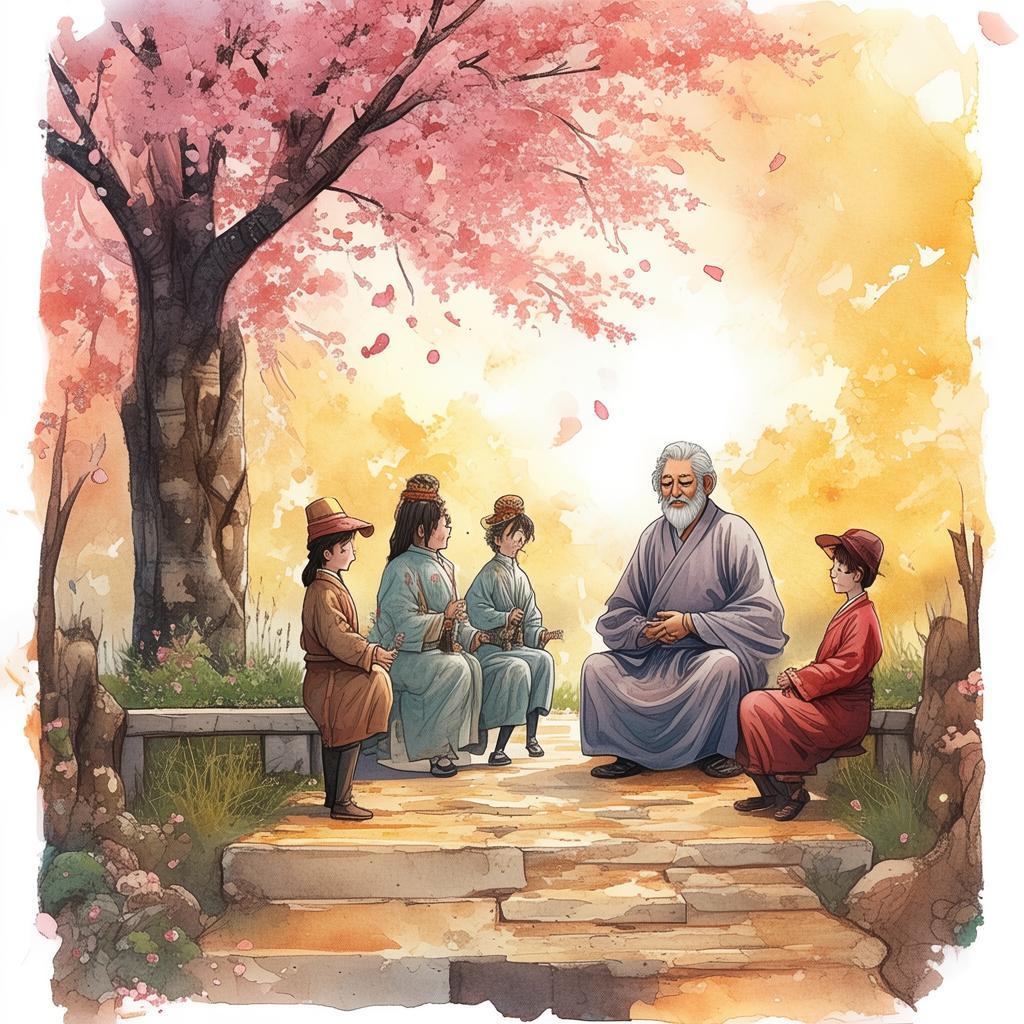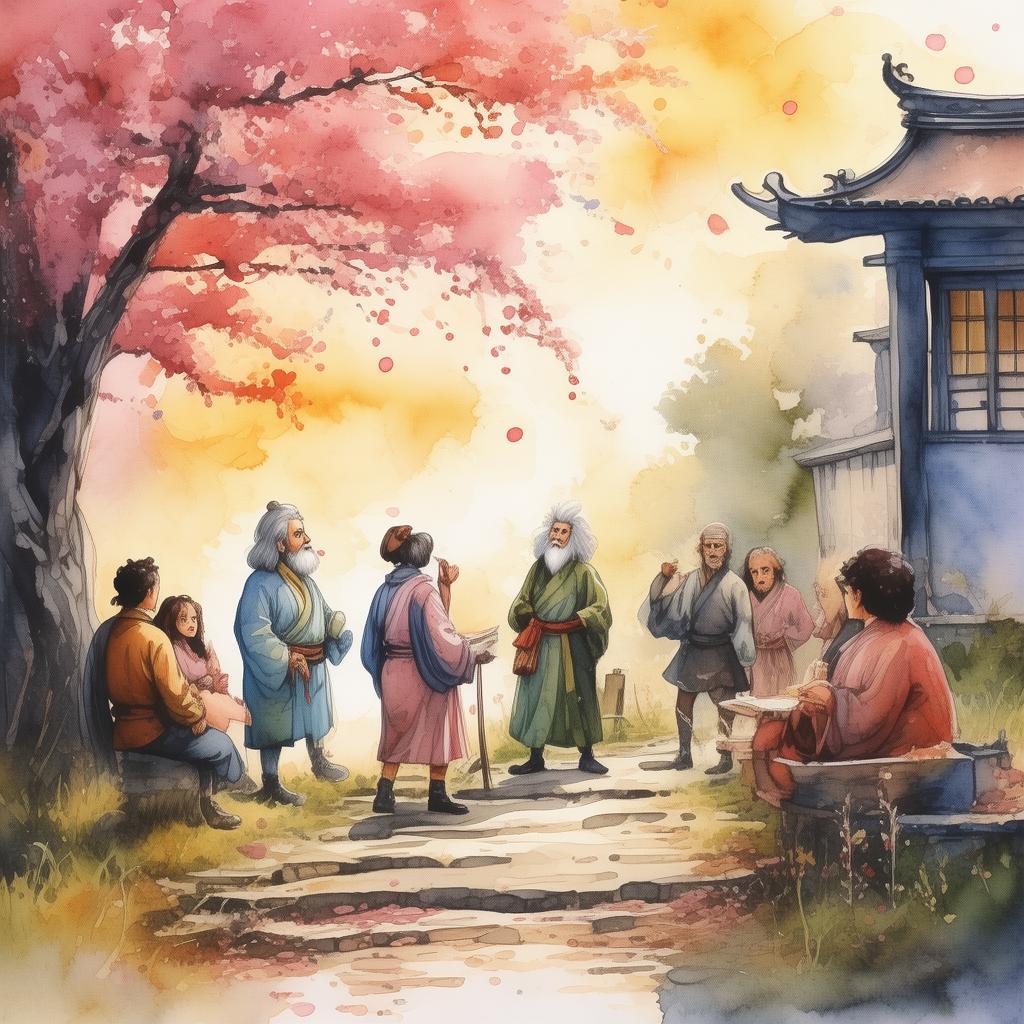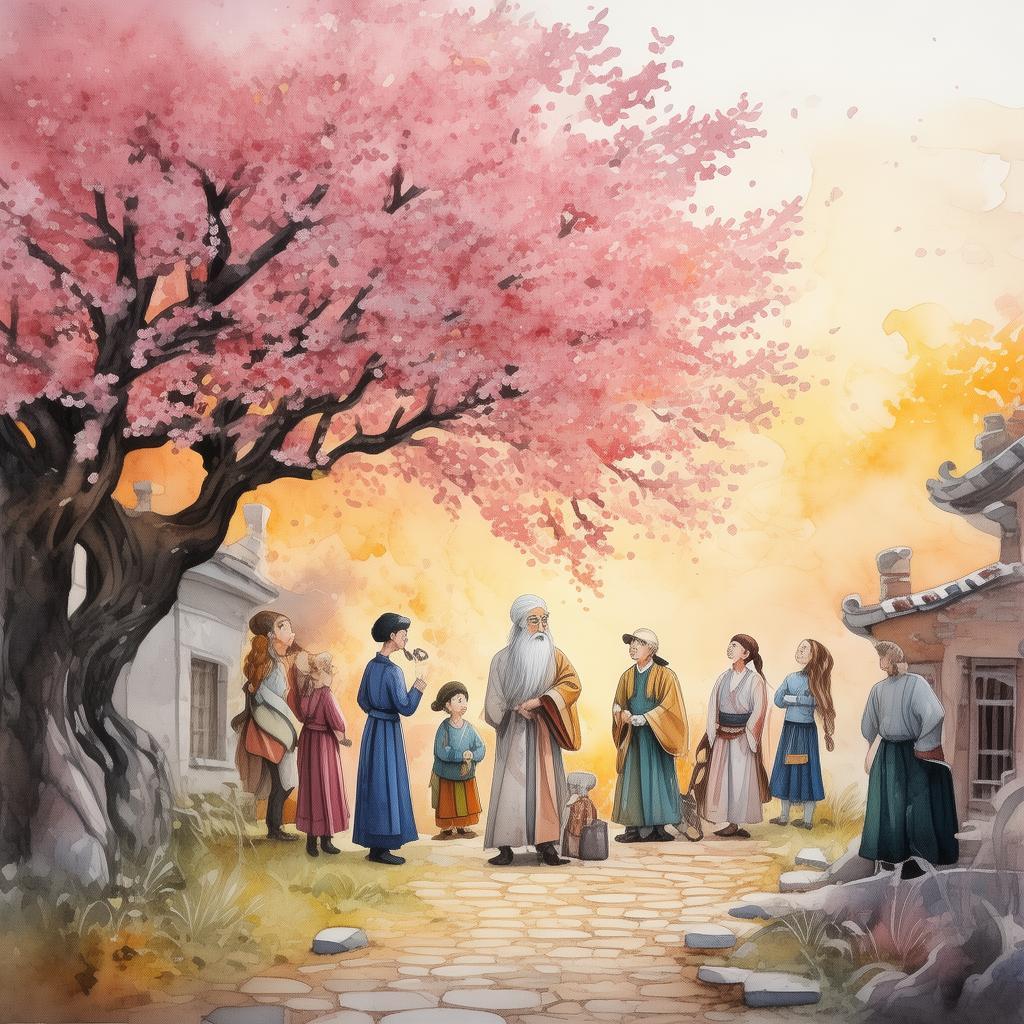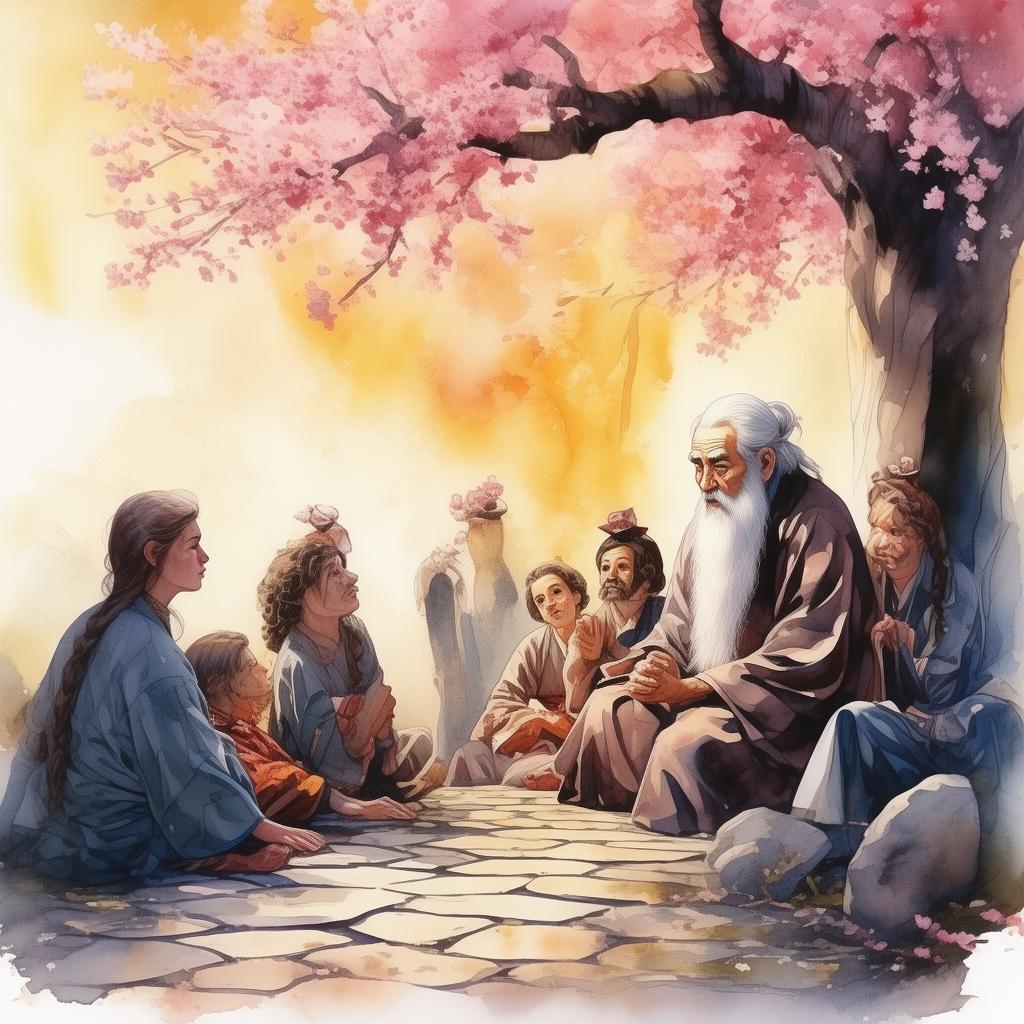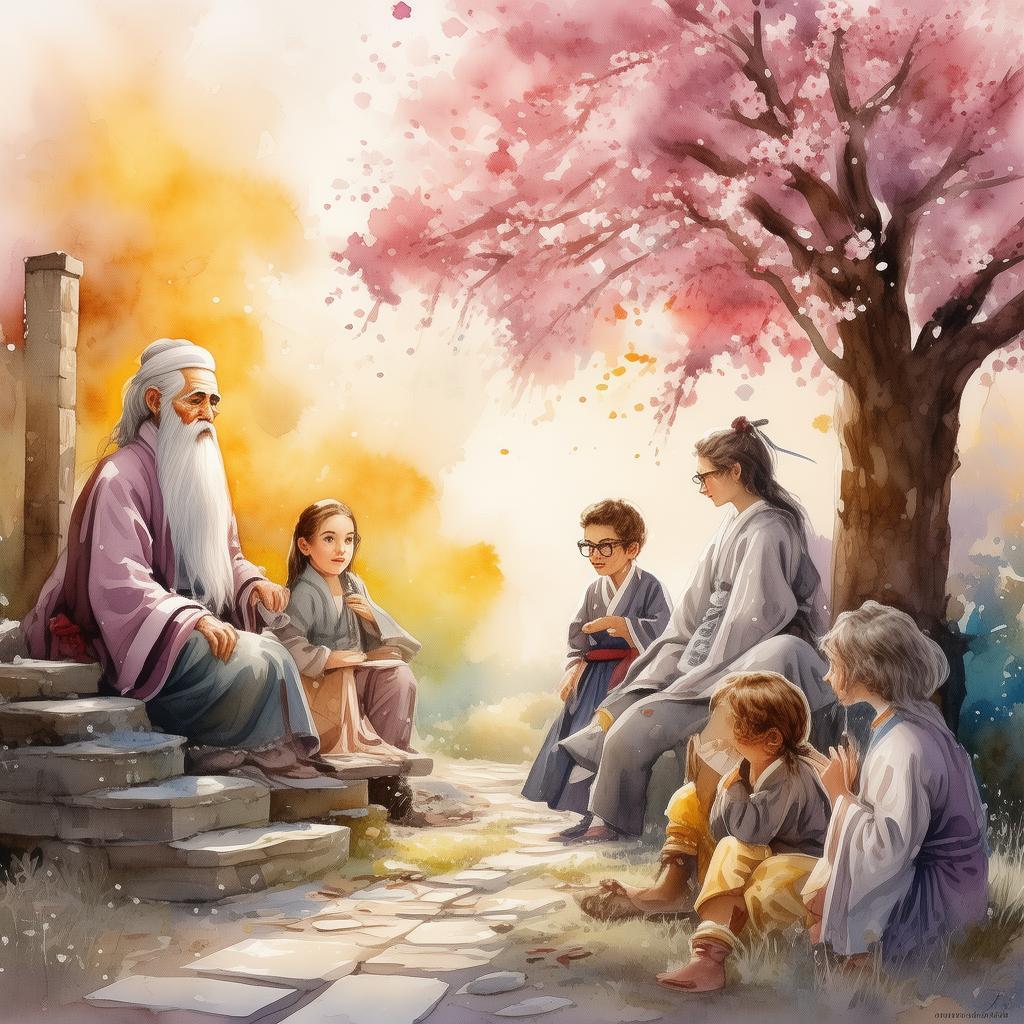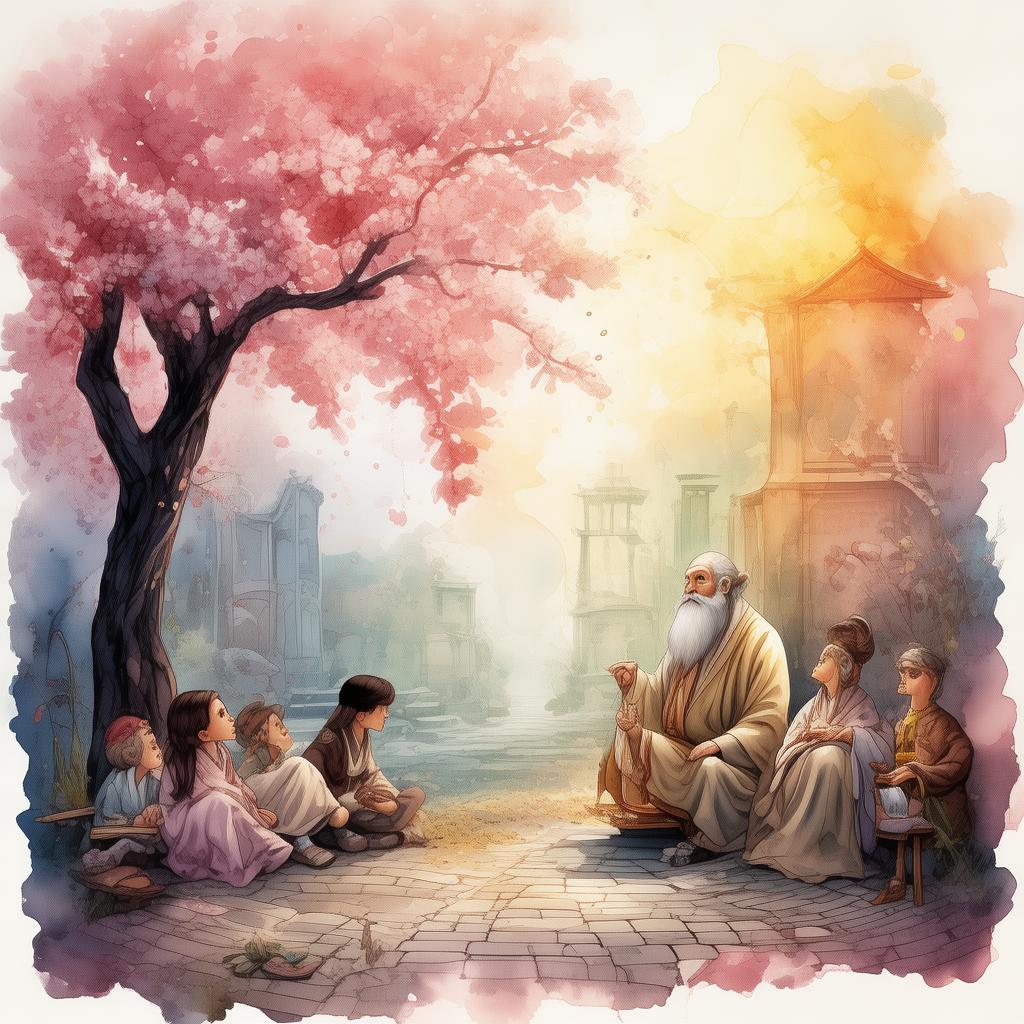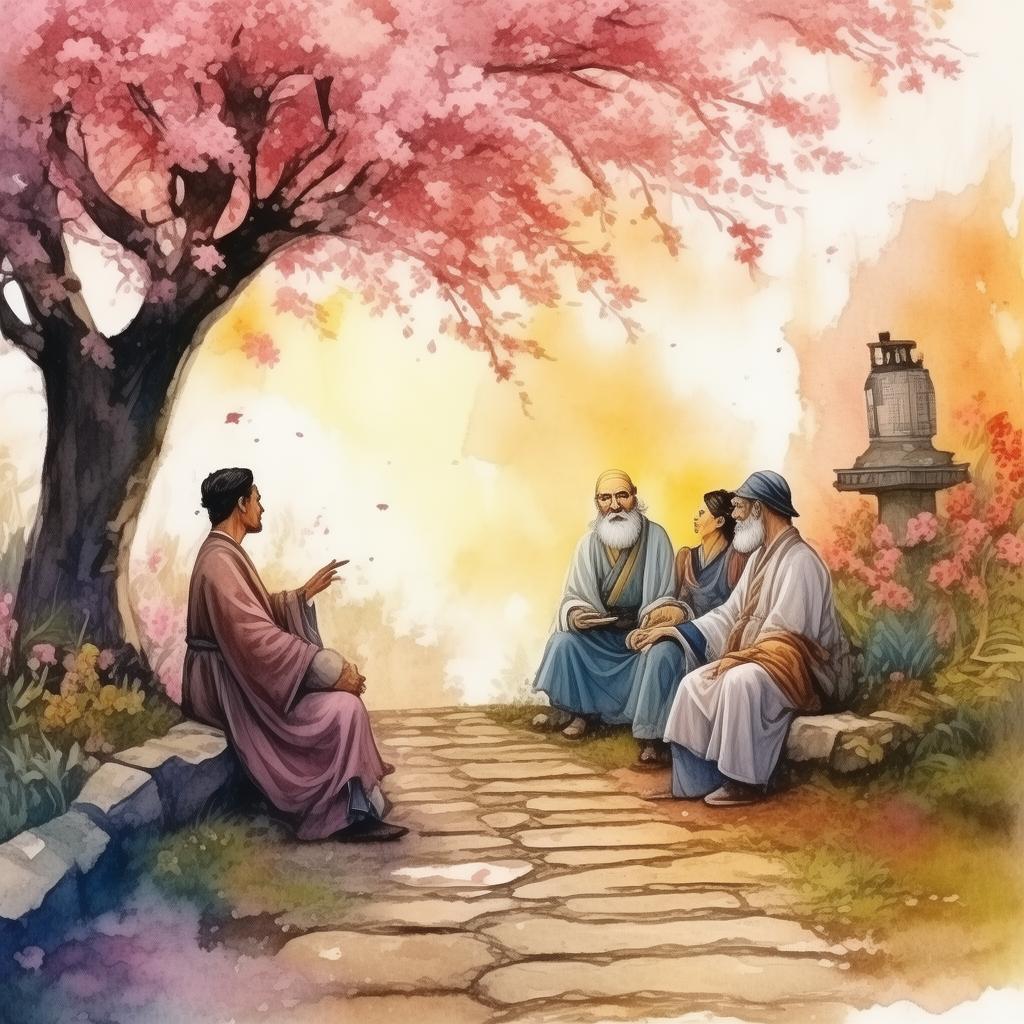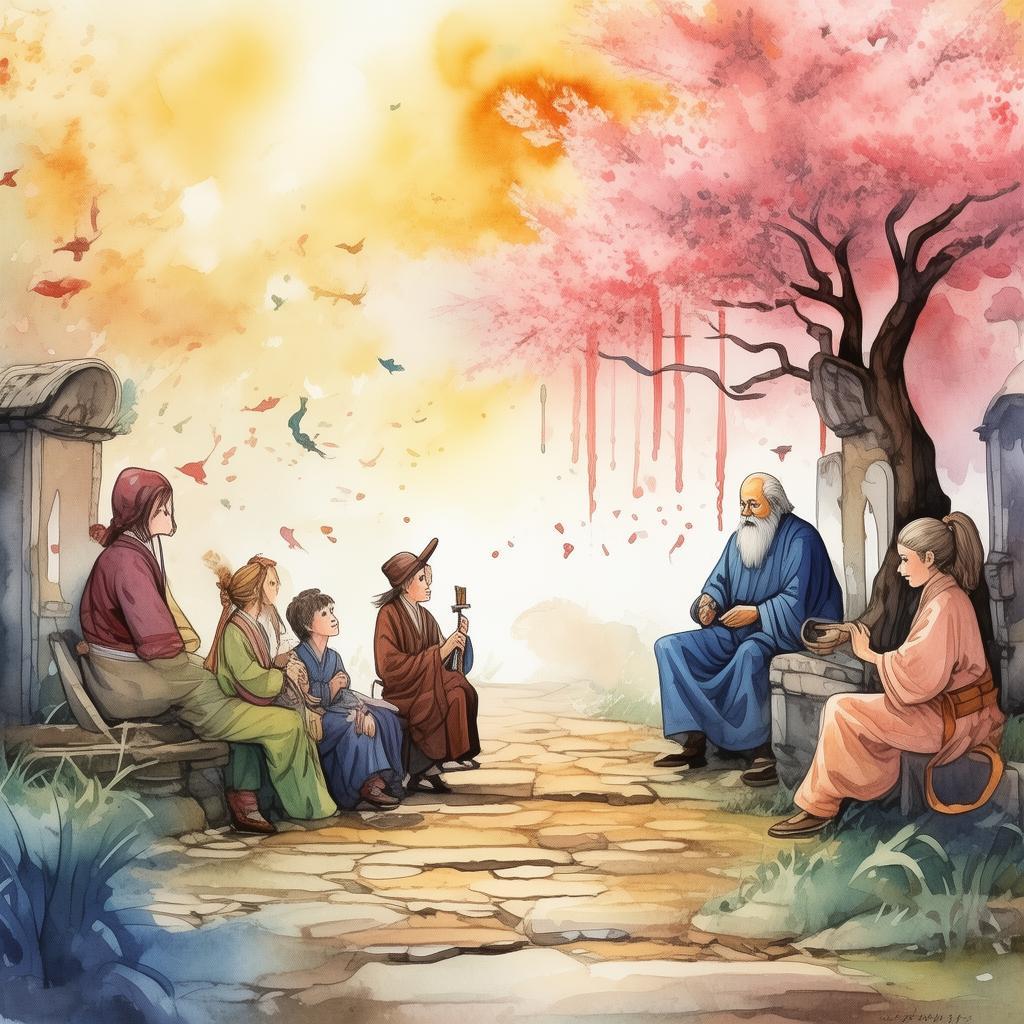The Moonlit Tale: A Journey of Shadows and Whispers
In the ancient village of Jingli, where the moonlight painted the night sky in hues of silver and gold, there lay a tale that had been whispered for generations. It was said that on the night of the Mid-Autumn Festival, the moon would reveal the secrets of the world, and those who dared to look into its depths would find the truth they sought.
In this village, there was a young man named Ming, whose eyes held a glint of curiosity that often led him to the edge of the village, where the moonlight bathed the landscape in an ethereal glow. Ming was known for his sharp mind and kind heart, but it was his insatiable thirst for knowledge that set him apart from his peers.
One Mid-Autumn Festival, as the moon hung low in the sky, casting a silvery glow over the village, Ming found himself at the ancient temple on the hill, where the villagers said the moon's secrets were revealed. He had heard the tale of the "Moonlit Tale," a story that was said to hold the key to understanding the world's mysteries.
As Ming approached the temple, he felt a chill run down his spine. The air was thick with anticipation, and the whispers of the villagers grew louder. "He who looks into the moon will see the truth," they would say, their voices barely above a whisper.
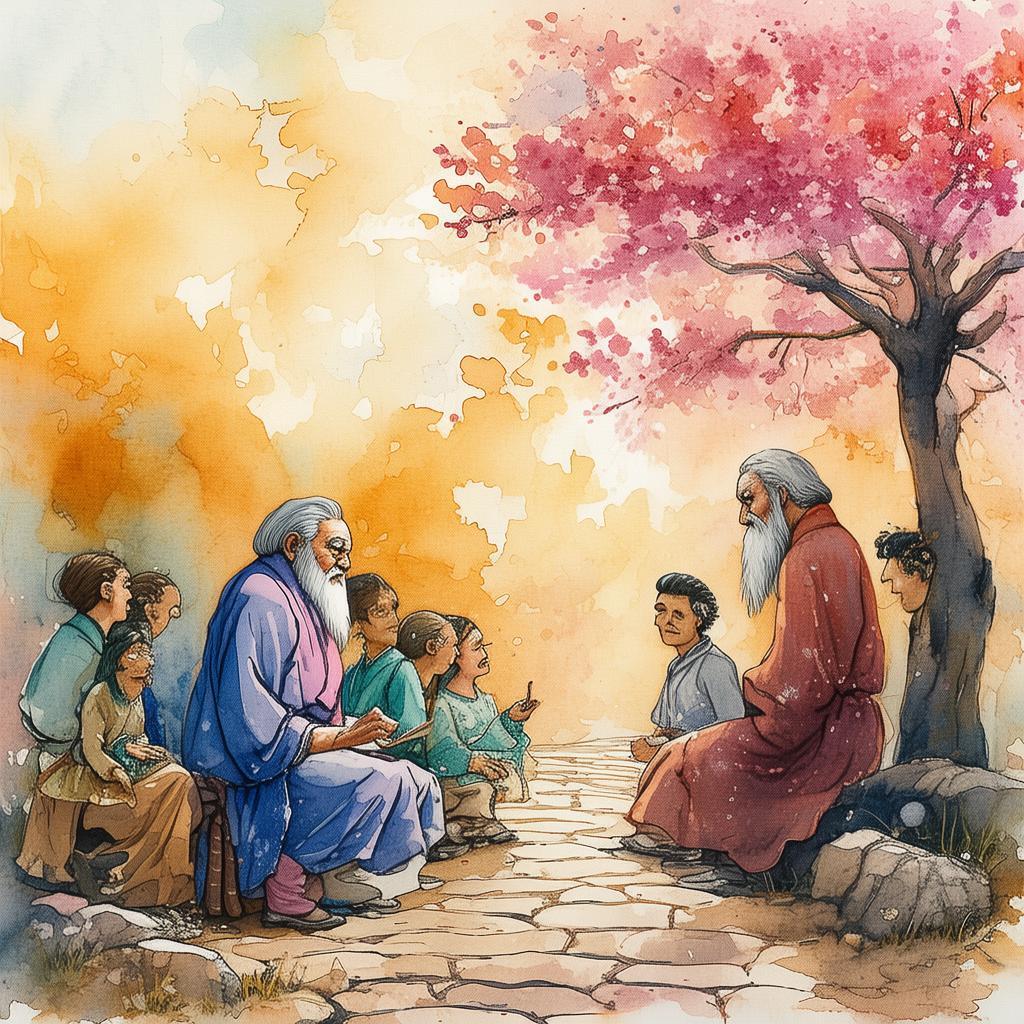
Ming pushed open the heavy wooden doors of the temple and stepped inside. The interior was dimly lit by flickering candles, and the scent of incense filled the air. He made his way to the center of the room, where an ancient mirror stood on a pedestal. The mirror was unlike any he had seen, its surface shimmering with an otherworldly glow.
As Ming approached the mirror, he felt a shiver run down his spine. He took a deep breath and looked into the depths of the mirror. At first, he saw only his own reflection, but as his gaze held steady, the image began to change. The moonlight reflected off the surface of the mirror, casting a kaleidoscope of colors that danced and twisted before his eyes.
Suddenly, the image became clearer. Ming saw the faces of his ancestors, their expressions filled with sorrow and regret. He watched as they relived the village's darkest hour, a time when greed and deceit had almost destroyed them. He saw the sacrifices made by his forebears, the pain and the suffering that had led to their redemption.
But as the images played out, Ming noticed something strange. The faces of his ancestors were not the only ones in the mirror. He saw the faces of the villagers, each one reflecting their innermost fears and desires. Some were filled with greed, others with fear, and still others with love and hope.
Ming realized that the "Moonlit Tale" was not just a story of the past; it was a story of the present. It was a story that revealed the truth about the human heart, the darkness that lay within, and the light that could overcome it.
As he stood there, looking into the mirror, Ming felt a profound sense of responsibility. He knew that he had to use the knowledge he had gained to help the village. He had to show them that the path to redemption was not easy, but it was possible.
With a newfound determination, Ming left the temple and returned to the village. He began to share what he had seen in the mirror, teaching the villagers about the importance of honesty, compassion, and forgiveness. He worked tirelessly, often facing resistance and misunderstanding, but he never wavered.
Gradually, the village began to change. The greed and deceit that had once plagued them were replaced with a newfound sense of community and understanding. The villagers learned to look beyond their own fears and desires, to see the truth in one another's hearts.
Ming's journey had not been easy, but it had been worth it. He had found the truth in the "Moonlit Tale," and he had used that truth to bring light to a world shrouded in shadows.
In the end, Ming's story became a legend in Jingli. It was said that on the night of the Mid-Autumn Festival, the moon would always shine its light on the village, illuminating the path to truth and understanding. And every year, as the festival approached, the villagers would gather at the temple, looking into the mirror, and finding their own stories within the "Moonlit Tale."
✨ Original Statement ✨
All articles published on this website (including but not limited to text, images, videos, and other content) are original or authorized for reposting and are protected by relevant laws. Without the explicit written permission of this website, no individual or organization may copy, modify, repost, or use the content for commercial purposes.
If you need to quote or cooperate, please contact this site for authorization. We reserve the right to pursue legal responsibility for any unauthorized use.
Hereby declared.
